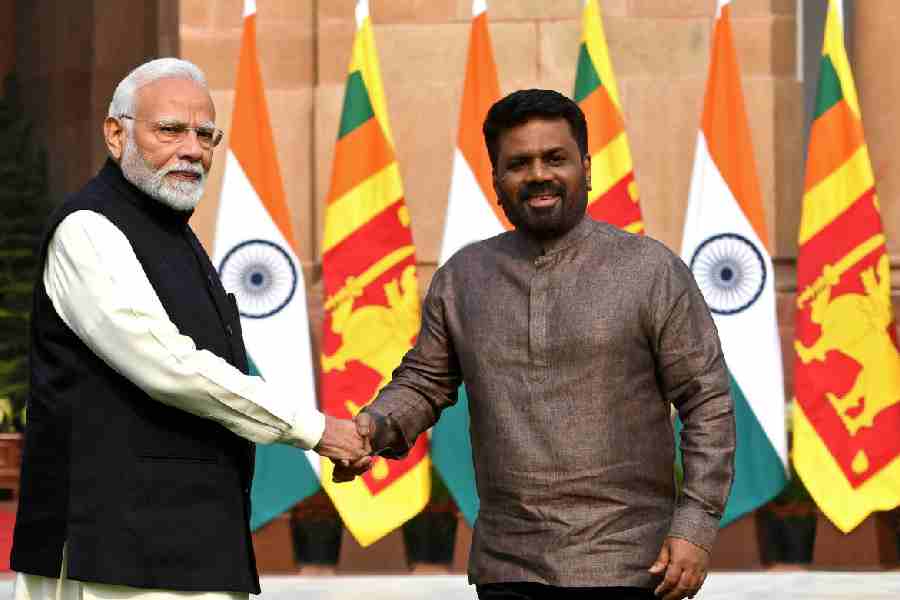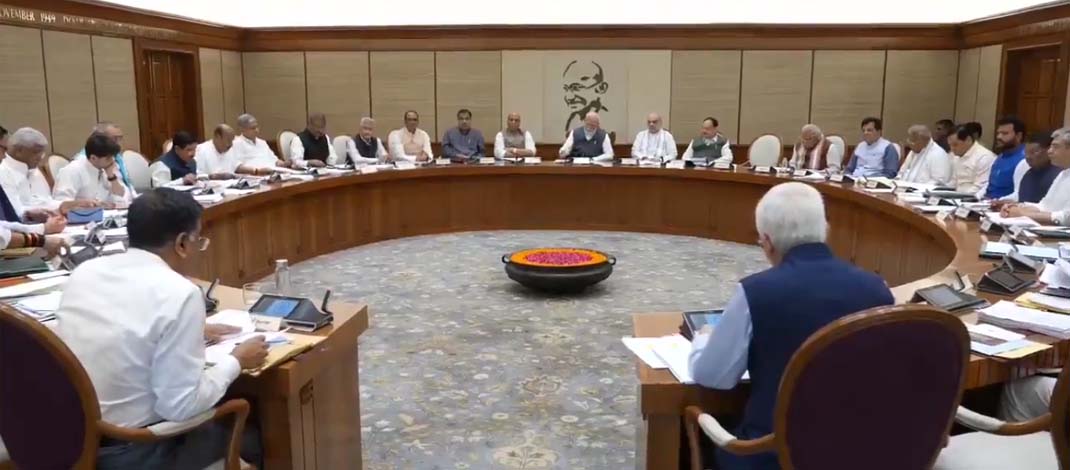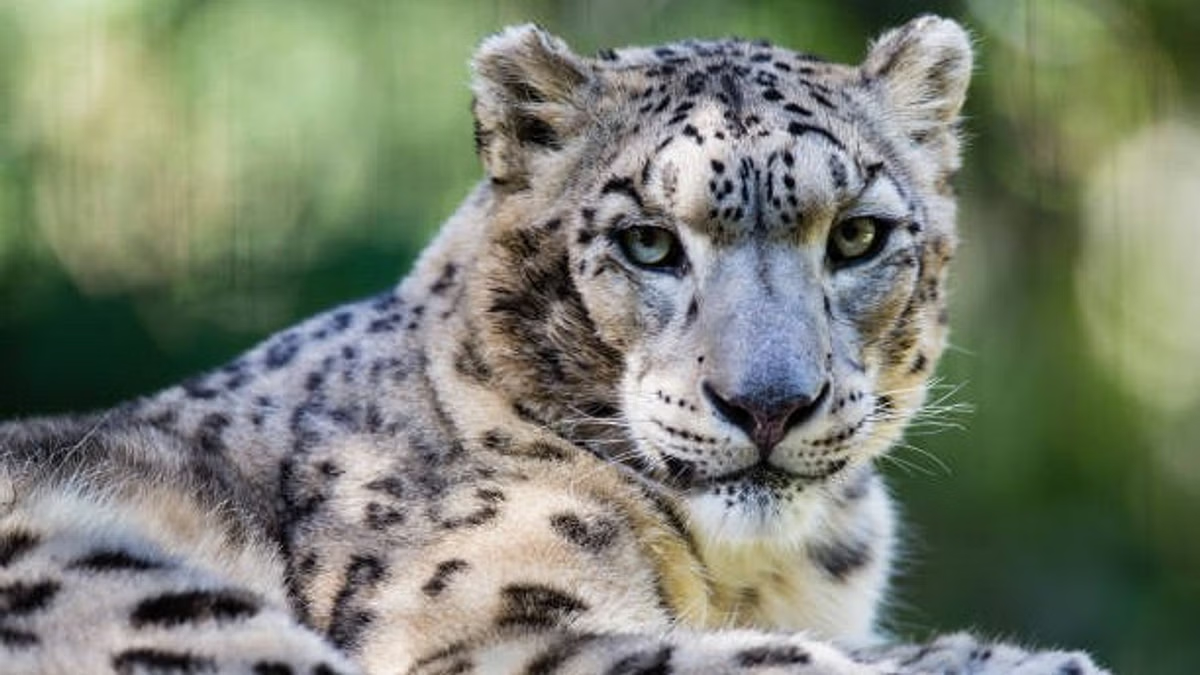- Courses
- GS Full Course 1 Year
- GS Full Course 2 Year
- GS Full Course 3 Year
- GS Full Course Till Selection
- Online Program
- GS Recorded Course
- NCERT (Recorded 500+ Hours)
- Polity Recorded Course
- Geography Recorded Course
- Economy Recorded Course
- AMAC Recorded Course
- Modern India, Post Independence & World History
- Environment Recoded Course
- Governance Recoded Course
- Science & Tech. Recoded Course
- International Relations and Internal Security Recorded Course
- Disaster Management Module Course
- Ethics Recoded Course
- Essay Recoded Course
- Current Affairs Recoded Course
- CSAT
- 5 LAYERED ARJUNA Mentorship
- Public Administration Optional
- ABOUT US
- OUR TOPPERS
- TEST SERIES
- FREE STUDY MATERIAL
- VIDEOS
- CONTACT US
Sri Lankan President’s Visit to India
Sri Lankan President’s Visit to India
19-12-2024

- In December 2024, Sri Lankan President Dissanayake visited India for the 1st time since assuming office and met with the Indian Prime Minister.
- He requested India to continue its grant assistance to help Sri Lanka address its economic challenges.
Key Outcomes of the Visit
- Security and defence Cooperation: Sri Lanka assured India that its territory would not pose any threat to Indian interests. India expressed concern over the frequent docking of Chinese ships at Sri Lankan ports.
- Both leaders emphasized shared security interests and agreed to finalize a defence cooperation agreement.
- They also stressed ensuring a secure, stable, and free Indian Ocean Region while addressing both traditional and emerging security challenges.
- India will help strengthening Sri Lanka’s defence capabilities through advanced platforms and joint military exercises as well as improving maritime surveillance, defence training programs, and strategic dialogues.
- Expanding the Colombo Security Conclave's focus to include maritime security, cyber security, and counter-terrorism efforts.
- Addressing Tamil Minority Issues: Prime Minister Modi stressed the importance of reconciliation and rebuilding efforts for Sri Lanka's Tamil minorities.
- He urged the full implementation of Sri Lanka’s Constitution and the holding of provincial council elections.
- President Dissanayake highlighted national unity, social welfare, and sustainable development initiatives.
- Economic and Energy Cooperation: India outlined a forward-looking vision centered on investment-driven economic development and enhanced connectivity, including physical, digital, and energy linkages.
- India decided to convert existing loans into grants for railway signaling systems and the Kankesanthurai port.
- An additional grant of $20.66 million was provided to settle payments for previously completed projects initially funded through loans or Letters of Credit.
- Earlier, India provided financial assistance worth $5 billion during Sri Lanka’s economic crisis.
- Key initiatives include strengthening energy ties through electricity grid interconnection, multi-product petroleum pipelines, solar power projects in Sampur, LNG supplies to sri lankan power plants, etc.
- Trilateral collaboration between India, Sri Lanka, and the UAE on a petroleum pipeline project.
- Digital Transformation: Both countries plan to expedite:
- Sri Lanka Unique Digital Identity (SLUDI) project.
- Implementation of UPI digital payment systems.
- Integration of platforms such as Aadhaar, GeM, PM Gati Shakti, and DigiLocker.
- Training and Capacity Building: India committed to:
- Rehabilitating Sri Lanka’s railway signaling infrastructure.
- Offering scholarships to Sri Lankan university students.
- Training 1,500 Sri Lankan civil servants over the next five years.
- Educational and Technological Collaboration: The two leaders committed to enhancing cooperation in research and development in areas like agriculture, aquaculture, the digital economy, and health.
- Both countries will promote collaboration between India’s Start-up India initiative and Sri Lanka’s Information Communication Technology Agency (ICTA) to mentor Sri Lankan start-ups.
- Connectivity and Tourism: Launch of a ferry service connecting Rameshwaram (India) and Talaimannar (Sri Lanka).
- Promotion of Ramayana and Buddhist circuits to boost tourism between the two nations.
Significance of Sri Lanka for India
- Strategic Location: Positioned in the Indian Ocean, Sri Lanka lies along the East-West maritime route that facilitates 2/3rd of global oil trade and half of container shipments.
- Economic and Trade Ties: Sri Lanka is among India’s largest trading partners in South Asia, while India is its largest global trade partner.
- The total trade between India and Sri Lanka reached approximately USD 5.5 billion in FY 2023-24, with India exporting around USD 4.1 billion
- A Free Trade Agreement (FTA) exists between the two nations, and negotiations are underway for an Economic and Technology Cooperation Agreement (ETCA).
- Indian infrastructure firms, such as those involved in the Colombo Port West Terminal project, benefit from investment openings in Sri Lanka.
- India played a pivotal role in securing Sri Lanka’s debt relief under the IMF.
- Maritime Security: Ports like Hambantota have the potential to become major maritime hubs.
- Ensuring security of key Sea Lanes of Communication (SLOC) in the Indian Ocean is crucial for India.
- Collaborative development of ports and logistics hubs at Colombo, Trincomalee, and Kankesanthurai to strengthen regional shipping.
- Improved transshipment links via Colombo and Hambantota, handling significant cargo for India.
- Geographical Proximity: Sri Lanka's closeness to India and India's investments in its post-civil war and economic crisis recovery make it a strategic priority.
- Sri Lanka is also important for India in its ambitions to become a net security provider in the Indian ocean.
- Peace and Stability: China's growing presence in the Indian Ocean region heightens the need for stability, peace, and security in Sri Lanka.
- Regional Cooperation: Shared membership in South Asian Association for Regional Cooperation (SAARC), Bay of Bengal Initiative for Multi-Sectoral Technical and Economic Cooperation (BIMSTEC), and Indian Ocean Rim Association (IORA) underscores Sri Lanka’s importance in India’s "Neighborhood First" policy.
- Establishment of the Maritime Rescue Coordination Centre (MRCC) with installations across Sri Lanka’s coastline to bolster safety and security.
- Energy Cooperation: Plans for a high-capacity power grid interconnection to enable electricity trade in the region.
- A $1.2 billion undersea transmission line project linking India’s power grid to Sri Lanka.
- Digital Connectivity and Tourism: Implementation of UPI-based digital payments to enhance trade and ease transactions. Sharing India’s Digital Public Infrastructure to suit Sri Lanka’s needs.
- Promoting religious tourism (e.g., Buddhist circuits) and medical tourism (frequent visits by Sri Lankan patients to Chennai).
Addressing Fisheries Disputes
|
| Also Read | |
| UPSC Prelims Result | UPSC Daily Current Affairs |
| UPSC Monthly Mgazine | Previous Year Interview Questions |
| Free MCQs for UPSC Prelims | UPSC Test Series |
| ENSURE IAS NOTES | Our Booklist |



